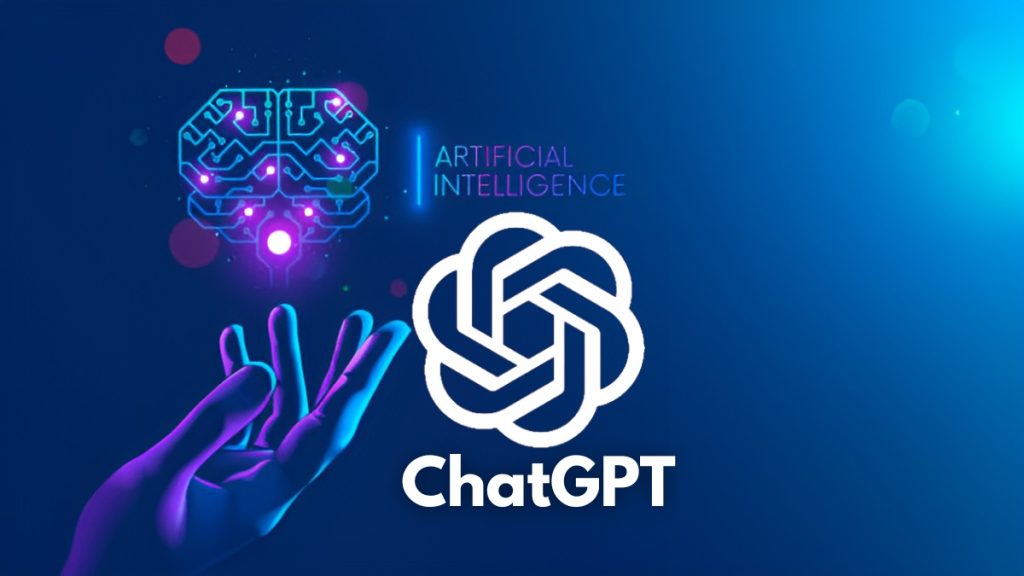To use ChatGPT for coding, start by opening the application. You’ll be prompted to choose a programming language and enter a question or statement related to the code. ChatGPT will then generate code based on your input. To use the tool for coding, it’s important to be as specific as possible in your questions and statements. This will help ChatGPT understand your intent and generate the most appropriate code. Additionally, review the code generated by ChatGPT before using it in your project. This will help you ensure that the code is accurate and meets your needs. Below, we provide some of the basics of the tool that you’re welcome to benefit from.
What Is ChatGPT?
ChatGPT is a natural language processing (NLP) toolkit based on OpenAI’s GPT-3 model that enables developers to create conversational AI applications quickly and easily. To use ChatGPT to code, developers can use the provided APIs and SDKs for Python, Node.js, and Java to integrate ChatGPT into their applications easily. Additionally, developers can use the provided documentation to learn more about the capabilities of ChatGPT, such as how to access the GPT-3 model, how to use the APIs and SDKs, and how to create custom conversational AI applications.

Can ChatGPT Write Code?
ChatGPT is a powerful chatbot created by OpenAI that can generate natural language responses to questions or prompts? It is powered by a text-generating neural network and has the potential to be used for coding. How to use Chat GPT to code? Make sure to provide the bot with a programming task, such as writing a function, and the bot will generate tailored code.
ChatGPT can be used for simple tasks, such as writing a function to print out a string or number, or more complex tasks, such as writing ChatGPT code examples to solve a specific problem. To get started, users can provide the bot with a programming language, such as ChatGPT code Python or Java, and the bot will generate code tailored to the programming language.
Several examples are available to help users get started with using ChatGPT to code. For example, the OpenAI team has released a tutorial on how to use ChatGPT to write a function to print out a string or number. There are several examples of ChatGPT code on GitHub, including code to solve a Sudoku game and code to generate a random number. To get more professional help with the coding, ensure to approach online experts like the ones working at DoMyAssignments.
Using ChatGPT to write code can be an efficient way to develop software. It allows users to quickly generate code without writing it from scratch. Additionally, it can help users learn programming concepts, as ChatGPT can generate code tailored to a specific language.
Will ChatGPT Replace Programmers?
While ChatGPT has the potential to be a powerful tool for businesses, it is not yet capable of replacing programmers? Programmers are responsible for writing and debugging code, designing and coding algorithms, and creating user interfaces. This requires a deep understanding of computer science, coding, and problem solving. ChatGPT is still a relatively new technology, and its capabilities are limited. It is not yet able to understand complex programming languages or write code independently.
In addition, ChatGPT is not equipped to think creatively and come up with new solutions to problems. It relies on a predetermined database of answers and cannot think outside the box. This means that while ChatGPT can provide automated answers to questions, it cannot develop creative solutions to complex problems.
In short, ChatGPT is not yet capable of replacing programmers. While it can provide automated answers to questions, it is not equipped to think creatively and develop new solutions. It is not able to understand and write code, and it is not equipped to think outside the box. For these reasons, ChatGPT will not be replacing programmers anytime soon.
ChatGPT Code Generator
ChatGPT Code Generator is a powerful tool designed to help developers create custom chatbot code quickly and easily. It is built to be used with the popular open source GPT-3 platform, which provides a powerful and flexible framework for building natural language processing applications. With the ChatGPT Code Generator, developers can quickly and easily generate code for their custom chatbot projects in a fraction of the time it would take them to manually write it.
The Code Generator allows users to select from a wide range of predefined templates that are specifically designed for different types of chatbot projects. These templates provide a basic structure for the code, eliminating the need for users to start from scratch. The Code Generator also offers an extensive library of functions and variables, which can be used to customize the code and make it more dynamic.
The Code Generator also offers an intuitive graphical user interface (GUI) that makes it easy to navigate and use. The GUI allows users to view their code at each step of the process, making it easier to spot mistakes and make corrections. Additionally, the Code Generator provides helpful tips and tutorials to help users get the most out of their chatbot projects.
Overall, the ChatGPT Code Generator is an invaluable tool for developers who want to create custom chatbot code quickly and efficiently. It provides a fast and easy way to generate code, as well as an extensive library of functions and variables. Additionally, the intuitive GUI makes it easy to use and view the code at each process step. With the Code Generator, developers can create custom chatbot code in a fraction of the time it would take them to write it manually.